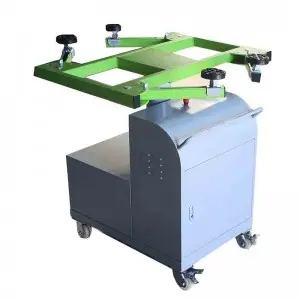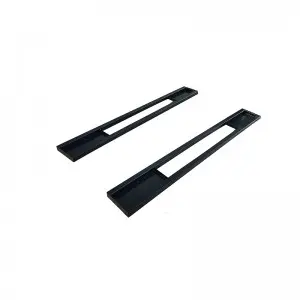****
The cylinder is a geometrical shape that plays a crucial role in various fields, ranging from basic mathematics and physics to advanced engineering and architectural design. Defined as a three-dimensional solid with two parallel circular bases connected by a curved surface at a fixed distance from the center, the cylinder is not only a topic of interest for students but also an essential element in practical applications. This article explores the different aspects of the cylinder, including its properties, formulas, and applications that significantly impact our lives.
Understanding the Cylinder
A cylinder can be visualized as a roll of paper or a soda can, where the top and bottom surfaces are identical circles. The height of the cylinder is defined as the perpendicular distance between the two circular bases, while the radius measures the distance from the center of the base to its circumference. The term “cylinder” can refer to two distinct types: right cylinders and oblique cylinders. A right cylinder has its sides perpendicular to the bases, whereas an oblique cylinder leans over, so its sides are not perpendicular. This fundamental distinction leads to different applications and properties in various fields.
Mathematical Properties and Formulas
In the realm of mathematics, the cylinder presents several valuable formulas that aid in understanding its dimensions and volume.
1. **Volume**: The volume \( V \) of a cylinder can be calculated using the formula:
\[
V = πr^2h
\]
where \( r \) is the radius of the circular base and \( h \) is the height of the cylinder. This formula shows that the volume is directly proportional to both the area of its base and its height.

Exploring the Wonders of the Cylinder: From Basic Geometry to Advanced Applications in Engineering and Architecture
2. **Surface Area**: The total surface area \( A \) of a cylinder is composed of the lateral (curved) area and the areas of the two circular bases. The formula for the total surface area is:
\[
A = 2πrh + 2πr^2
\]
Here, \( 2πrh \) represents the curved surface area, while \( 2πr^2 \) accounts for the areas of the top and bottom bases. This comprehensive understanding of both volume and surface area is crucial for tasks ranging from simple calculations in school projects to complex engineering designs.
Applications of the Cylinder
The cylinder’s geometric properties enable its diverse applications in various industries:

Exploring the Wonders of the Cylinder: From Basic Geometry to Advanced Applications in Engineering and Architecture
1. **Engineering and Manufacturing**: Cylindrical shapes are predominant in engineering, particularly in designing pipes, tanks, and storage containers. The ability of a cylinder to withstand internal pressure makes it ideal for transporting liquids and gases. Structural engineers often utilize cylindrical columns in buildings and bridges for their strength and ability to distribute loads effectively.
2. **Manufacturing**: In the manufacturing sector, cylindrical components—such as gears, shafts, and rollers—are fundamental in machinery design. The production of products like batteries, beverage cans, and various containers are all based on cylindrical designs.
3. **Architecture**: Architects frequently employ the cylinder in their designs to create aesthetically pleasing structures. The use of columns and arches in buildings can enhance visual appeal while providing strength. The Sagrada Familia basilica in Barcelona is a prime example, where cylindrical columns contribute to both the stability and uniqueness of the structure.
4. **Transportation**: The automotive industry also makes extensive use of cylinders. From the cylindrical shape of engine pistons to the fuel tanks of vehicles, this geometric form optimizes functioning and efficiency, allowing for the storage and movement of energy with minimal waste.

Exploring the Wonders of the Cylinder: From Basic Geometry to Advanced Applications in Engineering and Architecture
Conclusion
The cylinder is not just a basic geometric figure; it is a cornerstone in various fields, influencing functionality and design in everyday life. Understanding its properties and applications enriches our knowledge of mathematics and its significance in real-world scenarios. As technology continues to advance, the possibilities for utilizing the cylinder expand, leading to innovative solutions and designs that enhance our daily experiences. Appreciating the mathematical elegance and practical applications of cylinders opens up new horizons, allowing us to create a future that is both structurally sound and aesthetically pleasing.quickjack portable car lift
